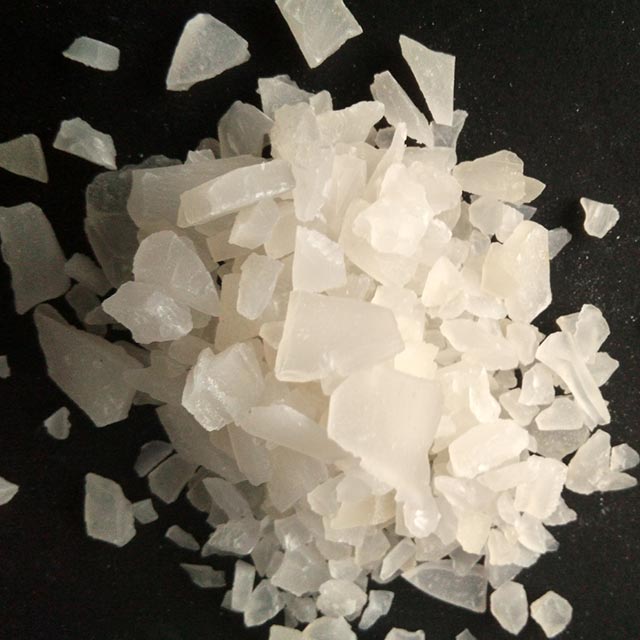Water Treatment Coagulant- Coagulant Chemicals
Types of Coagulants
types of coagulants used in water treatment
Purifying Waters with Aluminum Chloride: Effective Solutions for Water Treatment
Versatile compound used in water treatment, pharmaceuticals, catalysts
Effective coagulant for water treatment, removing impurities
Purifying Waters with Aluminum Chloride: Effective Solutions
Ferric chloride: Catalyst, flocculant, etchant—essential in numerous industrial processes
Etching, disinfection, coagulation, water treatment, sanitation
Ferric chloride tetrahydrate is an inorganic compound
Ferrous sulfate improves water quality by removing phosphates and controlling algae
Enhanced coagulation, improved impurity removal
Poly aluminium chloride (PAC) improves water quality, removes impurities effectively
Poly Ferric Sulphate offers effective coagulation and flocculation in water treatment
What is Coagulation in Water Treatment?
Coagulation, in the context of water treatment, refers to the fundamental process of destabilizing and aggregating suspended particles and colloids present in water. It involves the introduction of coagulants, such as aluminum sulfate (alum), ferric chloride, or polyaluminum chloride (PAC), to initiate the formation of larger particles called flocs. These flocs can be more efficiently separated and removed from the water, resulting in cleaner, clearer, and safer water.


Key Factors Influencing Water Treatment Coagulant
Several factors influence the efficiency and effectiveness of the coagulation process:
Coagulant Selection: The choice of coagulant depends on the specific characteristics of the water being treated, such as pH, turbidity, and the nature of contaminants present.
Coagulant Dosage: The proper dosage of coagulant is crucial for achieving optimal coagulation. Insufficient dosage may result in incomplete particle destabilization, while excessive dosage can lead to increased chemical residuals and potential water quality issues.
pH Adjustment: Adjusting the pH of the water can enhance coagulation efficiency. Optimal pH ranges vary depending on the coagulant used, but typically lie between 6.5 and 7.5.
Benefits of Coagulation in Water Treatment
Suspended Particle Removal: Coagulation efficiently removes suspended particles, such as sediment, organic matter, and microorganisms, from water. This results in improved water clarity and reduced turbidity.
Pathogen Removal: By removing colloidal particles and microorganisms, coagulation significantly reduces the presence of harmful pathogens, safeguarding public health and preventing waterborne diseases.
Enhanced Filtration: Coagulation aids in the subsequent filtration process by facilitating the removal of finer particles that may not be effectively captured by filtration media alone. This improves the overall efficiency and longevity of filtration systems.
Precursor for Disinfection: Coagulation sets the stage for effective disinfection, as the removal of suspended particles reduces the interference of organic matter and enhances the disinfection process, leading to safer drinking water.

HOOCHEM Water Treatment Chemicals
Customer satisfaction is our eternal standard, and the production of high-quality chemicals is our highest mission. We promise that we can return and exchange goods if you are not satisfied.
Our water treatment chemicals include flocculants, scale inhibitors and dispersants, corrosion inhibitors, Bactericidal Algicide, sewage decolorizing agents etc.
- The fastest can be shipped within seven days to the port of China
- If you are not satisfied with the product and service, you can return it
- Our company has passed SGS field certification inspection












